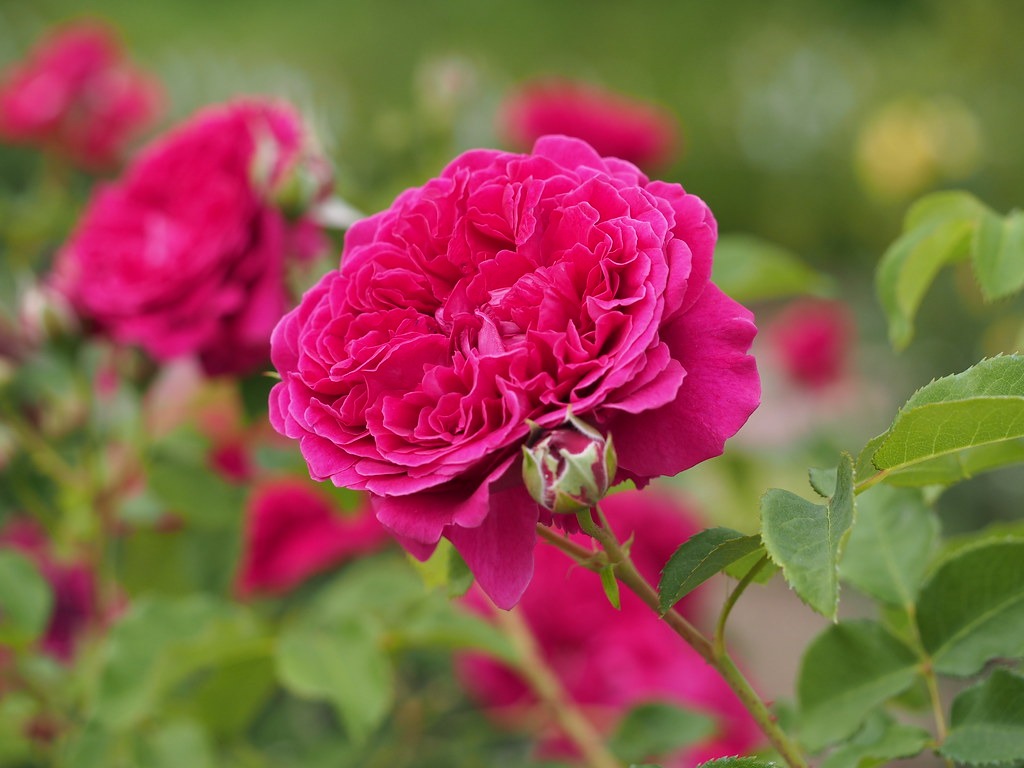Warwick School of Engineering contributes to new sensory Shakespeare exhibition
Warwick School of Engineering and History department have contributed both technology and records for a new sensory rose exhibition in Shakespeare’s New Place.
A chance to stop and smell the roses isn’t what one would typically expect of a museum, but Shakespeare’s New Place in Stratford-upon-Avon offers visitors exactly that opportunity in their new summer exhibit.
The New Place is a recreation of Shakespeare’s family home built atop the location of the original demolished building. With specially-commissioned artworks and historically accurate décor installed to immerse visitors, it aims to educate through first-hand experience rather than simple walls of text. Consistently adding new exhibits for both new and repeat visitors, their latest addition is a sensory experience centred around the roses that Shakespeare himself was likely familiar with.
Warwick’s School of Engineering used traditional copper stills and glass alembics alongside “innovative scent technology”. Perfumes were supplied by Floris, one of the oldest perfumeries in the country
In order to accurately portray the types of flowers that were in vogue, Warwick’s History department has contributed household records and recipes from the period regarding imported roses all the way from Persia. They describe how to extract rose oils, and make rosewaters, typically via some basic distillation with an alembic. These products were popular for their more intense scent compared to other roses.
Teresa Grant, Professor of Renaissance Theatre at Warwick stated: “Alembics were the air fryers of their time!”, alluding to the prevalence of the tool in the everyday household.
In order to make these scents accessible in the exhibit, Warwick’s School of Engineering used traditional copper stills and glass alembics alongside “innovative scent technology”. Perfumes were supplied by Floris, one of the oldest perfumeries in the country.
This exhibition represents museums’ need to find new ways to stay relevant in a time where information and history is easily and instantly accessible. Museums reliant on ticket fees and donations to stay afloat must offer added dimensions that cannot be seen through a phone screen. The New Place’s ‘Sweetest Odours’ experience, and the museum in general, attempts to immerse the visitor in the past to both more efficiently educate them, but also to provide something worthwhile and memorable, hopefully encouraging more people to attend.
Warwick’s willingness and readiness to contribute to that goal showcases the University’s desire to both educate even outside of their own grounds, and to further support smaller institutions that anyone can enjoy at any time.

Comments